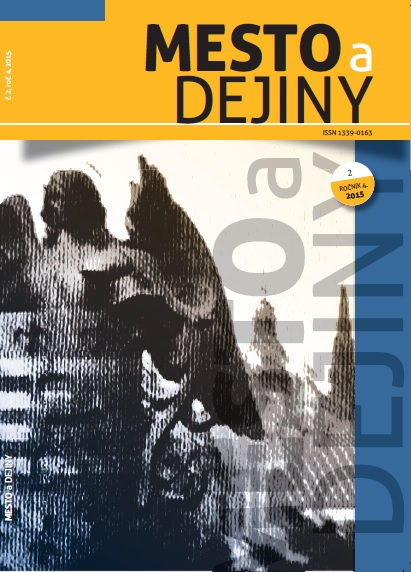Vybraní trenčianski richtári zo 17. storočia vo svetle prozopografických výskumov
Some Trenčín's mayors in the 17th century in light of prosopographical research
Author(s): Peter BrindzaSubject(s): History, Cultural history, History of Church(es), History of Law, Civil Law, Political Philosophy, Civil Society, Governance, Public Law, Local History / Microhistory, Social history, Modern Age, Historical Linguistics, Electoral systems, Political economy, Politics and religion, Politics and society, Cultural Anthropology / Ethnology, Culture and social structure , Social psychology and group interaction, Behaviorism, Social development, Social differentiation, Rural and urban sociology, Sociology of Culture, 17th Century, Other Christian Denominations, Fiscal Politics / Budgeting, Ethnic Minorities Studies, Human Resources in Economy, Sociology of Politics, Sociology of Religion
Published by: Univerzita Pavla Jozefa Šafárika v Košiciach
Keywords: Archontology; History of places in modern times; Genealogy; The Urban elite; The Mayor; City of Trenčín; 17th century;
Summary/Abstract: The urban elite that was unquestionably formed by the mayors and other leading representatives of the municipal administration and intellectuals, was a characteristic part of any modern free royal town in the Kingdom of Hungary. This distinctive elite community was based on their own laws. From the other parts of the population were different on the basis of assets, educational levels and a coherent and sophisticated wedding strategy particularly based on the affinity links. Purpose was to maintain the social status, influence and to keep urban authorities that managed the city. By analyzing of the background of five detailed profiles of Trenčín’s mayors in 17th century, their different origin, religion and external circumstances, brings new facts of life in cities and present less known aspects of our history.
Journal: The City and History (Mesto a dejiny until 2019)
- Issue Year: 4/2015
- Issue No: 2
- Page Range: 37-53
- Page Count: 17
- Language: Slovak

